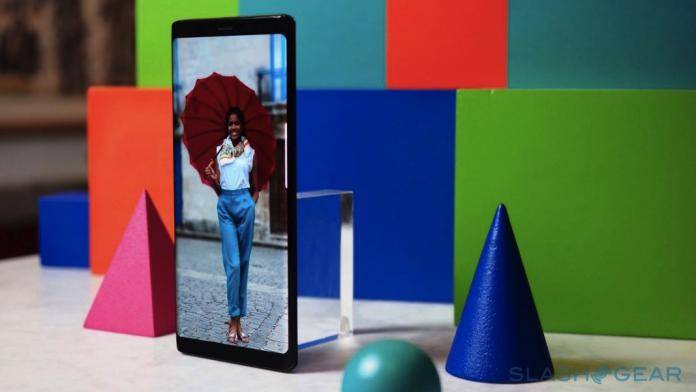
The Samsung Galaxy Note 9 is coming. Not anytime soon but in the second half of the year. The South Korean tech giant has been busy working on the new Note model that we’ve been saying it will finally have that in-display fingerprint sensor. As early as August last year, we’ve been saying it will have the under-display sensor and will come with a new and improved S-Pen. The phone is also said to be released early due to low S9 sales. Specs speculation officially started and we’ve been saying it will be powered by a Snapdragon 845 processor, 6GB RAM, and Android 8.1 Oreo.
Just recently, we saw Note 9 screen protectors that give us a glimpse of the next-gen Note. We shared with you what we know so far but some details may be changing. With some two to three months before the official launch, you’d think nothing would change but we remember LG changing its business strategy and development before the G7 was announced.
Rumor has it Samsung will be delaying the release of the Note 9 because some parts design is being changed. With the goal of reducing the thickness of the device, Samsung is working on some improvements on the features and adjustments on the specs. The said design change will reduce the thickness by 0.5mm. That’s not a lot but a slight change will delay mass production.
This delay will only be two weeks so it shouldn’t bring much disruption to the schedule and timeline of the brand. It’s not the first time Samsung is delaying production and launch anyway so it should be okay. Last year’s Note 8 was unveiled on August 23. The Note 9 was supposed to be ready by end of July but with the change in production, it may be delayed to August.
We don’t know exactly how the change will happen but this improvement is said to have been inspired by Vice Chairman’s Lee Jae-yong recent trip to China where he saw those thinner smartphones being sold by the Chinese OEMs. The glass panel may be changed since those Vivo and OPPO feature such really thin displays. From the Note 8’s 6.32-inch screen, the Note 9 may have a 6.38-inch screen. The 0.06-inch increase may not be significant but it matters in achieving a truly bezel-less display.
So this last minute change is focused on the display. A change in thinness thickness matters if you’re very particular about checking dimensions of each and every model.
VIA: The Bell









